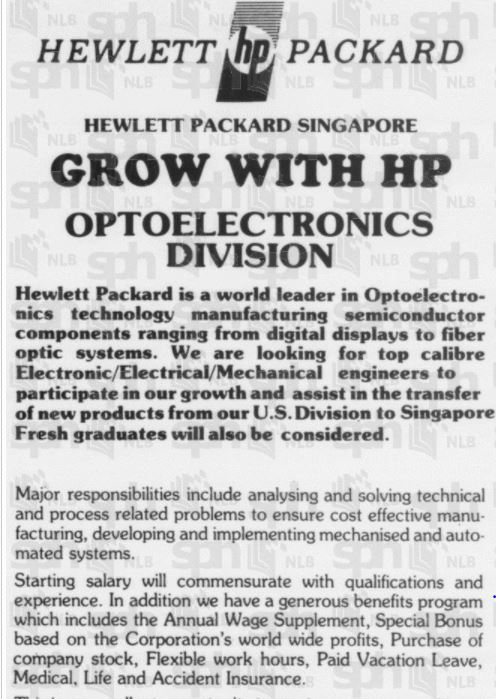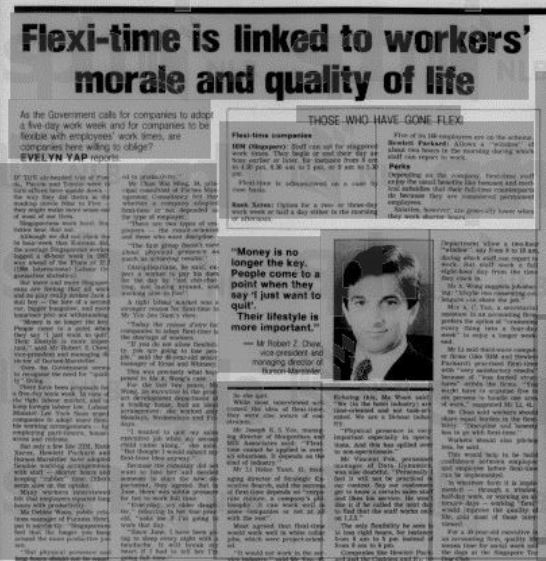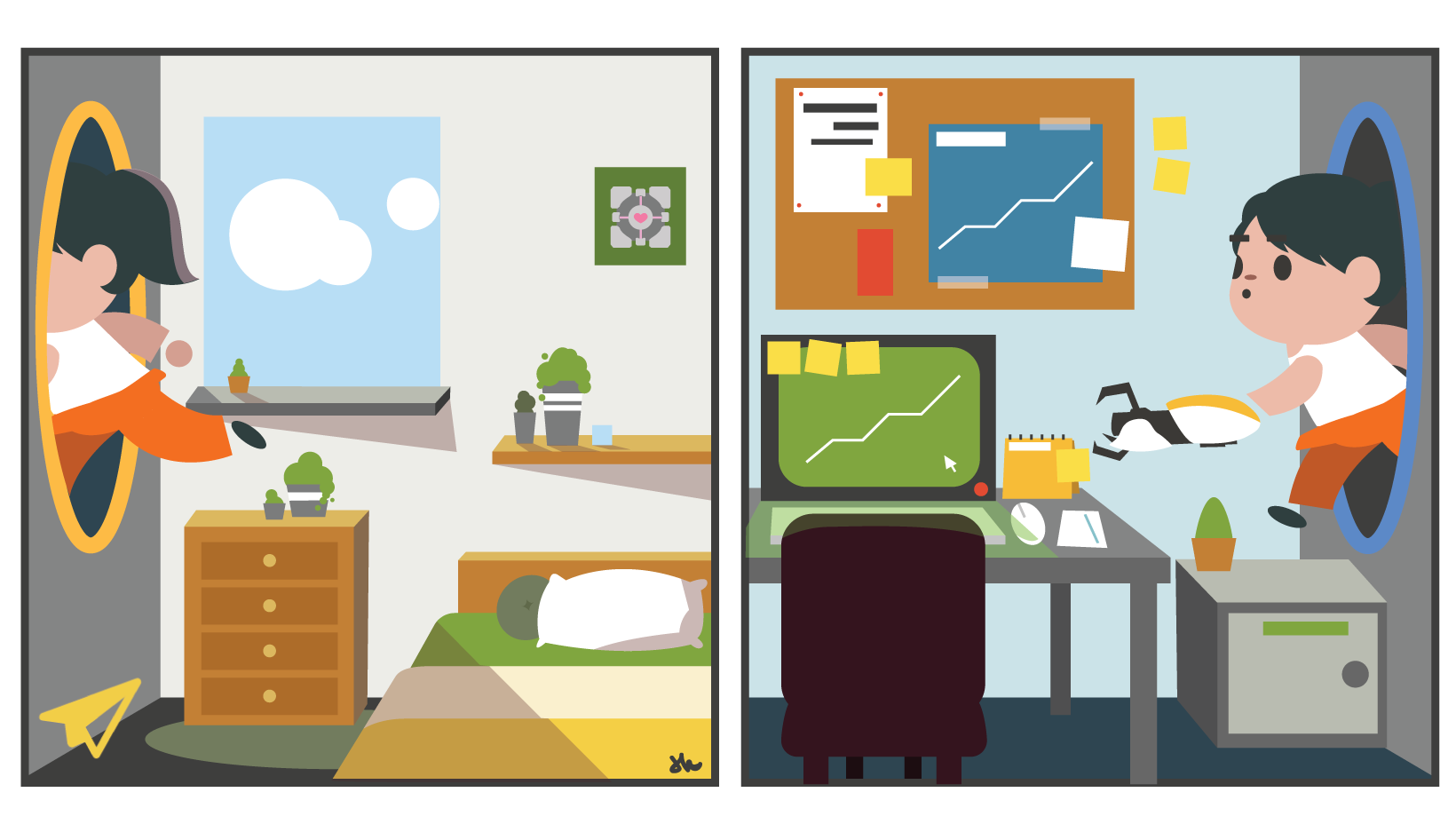Flexible work arrangements are becoming increasingly popular in Singapore.
In Oct. 2017, the Straits Times reported that 250 companies adopted the new standard on flexi-work arrangements, allowing employees some freedom in their working hours.
According to the Ministry of Manpower (MOM), flexi-time allows employees to choose their starting and finishing times daily, provided they complete a stipulated number of hours.
With this arrangement, employees are better able to meet personal responsibilities.
Flexi-time has been around for quite a while
The idea of flexi-time began in Western countries, and was first introduced in Germany in 1967 as a means of relieving transit and commute time problems.
It eventually caught on in Switzerland and America as a way to attract women with family responsibilities into the workforce.
In Singapore, flexible working hours was introduced by several companies from as early as the 1970s.
In 1979, a Hewlett Packard job recruitment ad stated "flexible work hours" as part of their benefits:
 Screenshot from Newspaper SG
Screenshot from Newspaper SG
By the 1980s, other companies such as IBM and Rank Xerox also started offering staggered work times for employees.
[related_story]
Improving work-life balance
In a Straits Times article in 1989, it was reported that Singaporeans logged an average of 49 hours per work week in 1987.
At that time, the five-day work week was not yet implemented, and there was an increased desire for "quality living" that did not simply entail earning money.
Hence, the implementation of flexible working hours by these companies were thought to improve work-life balance.
 Screenshot from Newspaper SG
Screenshot from Newspaper SG
Flexible working arrangements allowed for parents to better juggle their responsibilities with their children.
Working mothers also benefited from it. According to an anecdote given by Mee, an employee at HP in the 1970s, she claimed that HP's flexi-time scheme "helped with her work-life balance" and "allowed [her] to go according to the kids’ schedules."
Constraints of this scheme
The feasibility of this arrangement depends on the job industry and nature of the work. For instance, it is unsuitable for employees in the service or operations industry where physical presence is very important.
Additionally, some employers' work attitudes may not be compatible with flexible work arrangements. In an interview conducted in 1989, some thought that long hours were equated with productivity.
Because of these constraints, flexi-time was not hugely popular when it was first introduced in Singapore.
Always a work-in-progress
As of 2017, we not only have the five-day work week policy in place, but flexible working hours are also more widely accepted as mindsets have changed.
This is because flexible working hours offering better work-life balance have also been used by the government as carrots to encourage Singaporeans to boost the country's fertility rate.
More recently, discussions surrounding work-life balance in Singapore have also extended beyond working hours and include other factors in modern society, such as the role of technology.
Today, people have access to instant connectivity and are always available to answer to requests. Even if employees physically leave the office, they can still experience job stress insofar as they remain connected.
As society progresses, strategies to manage or even redefine "work-life balance" will evolve as well.
Top photo illustration by Jiahui Wee.
If you like what you read, follow us on Facebook, Instagram, Twitter and Telegram to get the latest updates.
